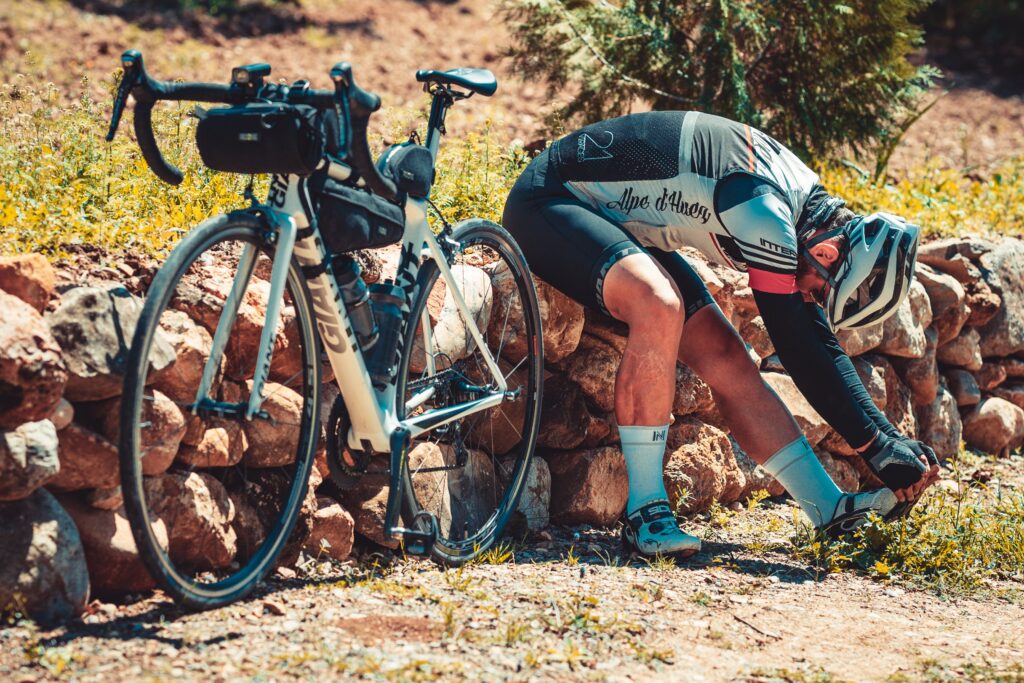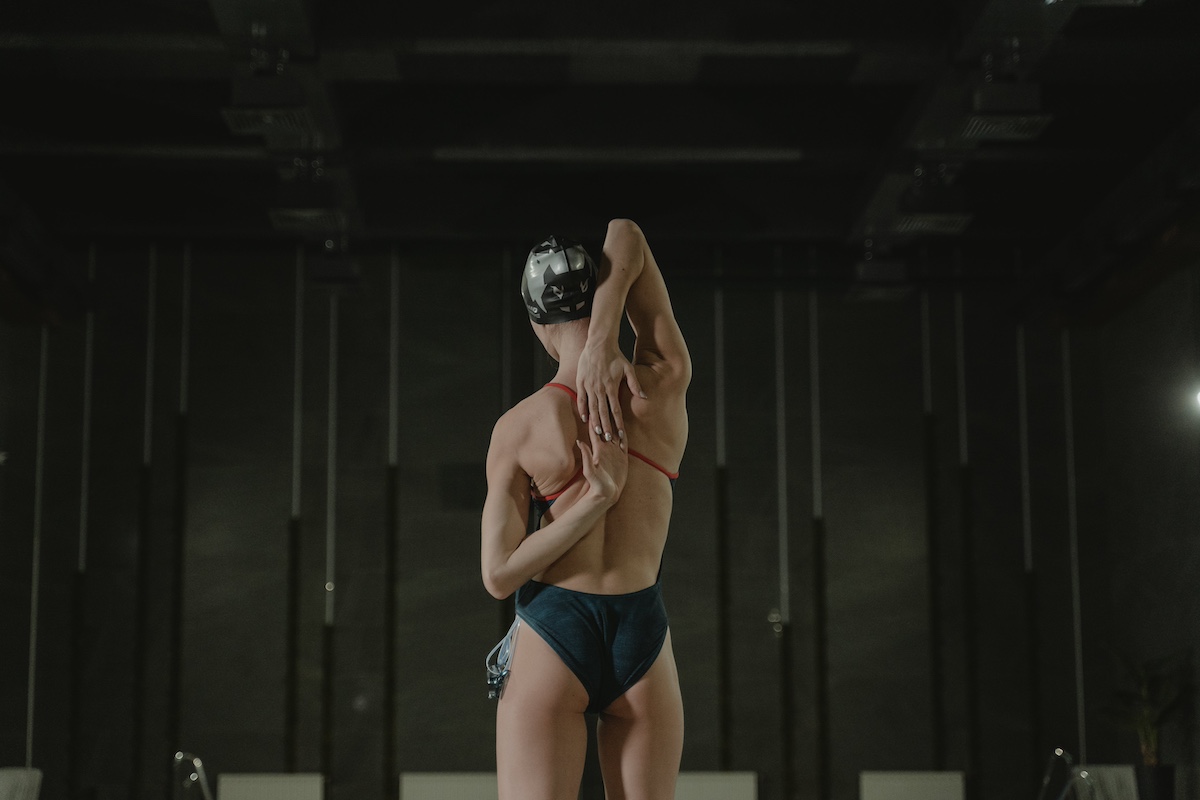Triathlon is a challenging multisport event that combines swimming, cycling, and running, pushing athletes to their limits. To excel in such a demanding competition, preparation is key. One crucial aspect often overlooked by triathletes is the warm-up routine. In this comprehensive guide, we will dive deep into the world of triathlon warm-ups, exploring the best strategies and exercises to help you achieve peak performance on race day.
Why Warm-Ups Matter
Before we delve into the specifics of triathlon warm-ups, let’s first understand why they are so essential. Warm-ups serve several vital purposes in triathlon training and racing:
- Injury Prevention: Proper warm-ups increase blood flow to muscles, making them more flexible and less prone to injury. Given the rigorous nature of triathlons, preventing injuries is paramount.
- Performance Enhancement: Warming up primes your body for the physical demands of the race. It prepares your cardiovascular system, respiratory system, and neuromuscular coordination, allowing you to perform at your best.
- Mental Preparation: Warm-ups also offer a valuable opportunity to mentally prepare for the race. They help you focus, reduce anxiety, and build confidence.
Now that we understand why warm-ups are crucial, let’s explore the best triathlon warm-up strategies.
The Ideal Triathlon Warm-Up
Now, let’s dive deeper into the ideal triathlon warm-up by providing specific examples and exercises for each segment of your race.
1. Start with Light Cardio
Begin your warm-up by raising your heart rate gently. This phase helps your body transition from a state of rest to the physical demands of the race. Here are a few examples of light cardio exercises:
- Easy Jog: Begin with a five to ten-minute slow jog. Focus on maintaining a steady pace and deep breathing. This activity helps increase your body temperature and prepares your cardiovascular system for the race ahead.
- Brisk Walk: If you prefer not to jog, a brisk walk is an excellent alternative. It accomplishes the same goal of elevating your heart rate and warming up your muscles without the impact of running.
- Easy Cycling: For those participating in a duathlon or triathlon with a bike segment, an easy bike ride can be a great option. Pedal at a comfortable pace to get your legs moving and your heart rate up.
2. Dynamic Stretching
Dynamic stretching is an active form of stretching that engages your muscles through movement. It’s an essential part of your warm-up routine, as it improves flexibility and neuromuscular coordination. Here are some dynamic stretching exercises:
- Leg Swings: Hold onto a stable surface and swing one leg forward and backward in a controlled manner. Perform 10-15 swings on each leg. This exercise helps loosen up your hamstrings, quads, and hip flexors.
- Arm Circles: Stand with your feet shoulder-width apart and extend your arms out to the sides. Make small circles with your arms, gradually increasing the size of the circles. After 10-15 seconds, reverse the direction. This exercise warms up your shoulders and upper body.
- Hip Rotations: Stand on one leg and swing the other leg outward in a circular motion. After 10-15 rotations, switch to the other leg. Hip rotations help improve hip mobility and stability, which is essential for running and cycling.
3. Swim Warm-Up
If your triathlon starts with a swim, it’s crucial to acclimate to the water and get your swimming rhythm in sync. Here’s how to warm up for the swim portion:
- Easy Swim: Start by swimming a few laps at a slow to moderate pace. Focus on your breathing, stroke technique, and getting comfortable in the water. This gentle swim helps you adjust to the water temperature and prepares you mentally for the race.
- Open Water Practice: If possible, practice in open water before the race. This allows you to experience the conditions you’ll face on race day, such as waves and currents, and adapt your warm-up accordingly.
4. Bike Warm-Up
For the cycling portion of the triathlon, your warm-up should focus on getting your legs ready for the intense effort ahead. Here’s how to warm up effectively for the bike leg:
- Easy Spin: Begin with a short ride at a very easy pace. Pedal smoothly and gradually increase your cadence. This phase helps activate the muscles you’ll use during the bike leg and gets your body accustomed to the bike’s position.
- Gear Shifting: During your warm-up ride, practice shifting gears to find the right resistance for the race. Familiarize yourself with the course’s terrain and adjust your gearing accordingly.

5. Run Warm-Up
The final leg of your triathlon is the run, which requires a specific warm-up to prevent muscle cramps and improve running form. Here’s how to warm up effectively for the run:
- Easy Run: Start with a short run at a slow pace. Focus on maintaining good form, with a relaxed posture and steady breathing. Gradually increase your speed throughout the warm-up to mimic race intensity.
- Dynamic Leg Exercises: Incorporate dynamic leg exercises like high knees, butt kicks, and leg swings during your run warm-up. These exercises activate the muscles used in running and enhance neuromuscular coordination.

By following this detailed warm-up plan, tailored to each segment of your triathlon, you’ll ensure that your body is adequately prepared for the race. Remember that consistency and familiarity with your warm-up routine are key to optimizing your performance on race day.
Tailoring Warm-Ups to Race Distance
The length of your warm-up should also vary depending on the distance of the triathlon you’re competing in. Here’s a breakdown:
Sprint Triathlons (750m swim, 20km bike, 5km run)
- Light cardio: 5 minutes
- Dynamic stretching: 10 minutes
- Swim warm-up: 5 minutes
- Bike warm-up: 10 minutes
- Run warm-up: 5 minutes
Olympic Triathlons (1500m swim, 40km bike, 10km run)
- Light cardio: 7 minutes
- Dynamic stretching: 12 minutes
- Swim warm-up: 7 minutes
- Bike warm-up: 15 minutes
- Run warm-up: 7 minutes
Ironman Triathlons (3.86km swim, 180.25km bike, 42.2km run)
- Light cardio: 10 minutes
- Dynamic stretching: 15 minutes
- Swim warm-up: 10 minutes
- Bike warm-up: 20 minutes
- Run warm-up: 10 minutes
Common Mistakes to Avoid
While understanding the right warm-up is crucial, it’s equally important to know what mistakes to avoid:
- Skipping the Warm-Up: Never start a triathlon without a proper warm-up. It’s a recipe for disaster and increased risk of injury.
- Overexertion: Your warm-up should be just that – a warm-up. Don’t push yourself too hard during this phase; save your energy for the race.
- Static Stretching: Avoid static stretches before the race, as they can decrease muscle power. Stick to dynamic stretches instead.
Additional Tips for an Effective Warm-Up
- Know the Race Venue: Familiarize yourself with the race venue to plan your warm-up accordingly. For instance, if the swim is in cold water, you might need a longer warm-up.
- Practice Transition: If possible, include a transition practice session during your warm-up to get used to switching between disciplines.
- Hydration and Nutrition: Stay hydrated and consume a small, easily digestible meal or snack 1-2 hours before the race to provide energy.
Nutrition Pre-Race
Nutrition immediately before a triathlon race is a critical aspect of your overall preparation. The goal is to provide your body with the necessary fuel without causing digestive discomfort during the event. Here are some guidelines for your pre-race nutrition:
Timing is Key
Ideally, you should consume your pre-race meal or snack about 1 to 2 hours before the start of the triathlon. This allows your body enough time to digest the food and absorb the nutrients, but it’s close enough to the race start to provide you with a quick energy boost.
Carbohydrates Are Your Friend
Carbohydrates are the primary source of energy for endurance activities like triathlons. Your pre-race nutrition should be focused on carbs. Opt for easily digestible, low-fiber options, such as:
- Bananas: They are rich in carbohydrates and potassium, which can help prevent muscle cramps.
- Energy Gels: These are concentrated sources of carbohydrates that are easy to carry and consume just before the race.
- Sports Drinks: Look for sports drinks that provide carbohydrates and electrolytes. They can help maintain your hydration and energy levels.
- White Bread or Bagels: Plain white bread or a bagel with a light spread of peanut butter or honey can provide a quick carb source.
- Oatmeal: A small bowl of plain oatmeal with a bit of honey is another carb-rich option.
Avoid High-Fat and High-Protein Foods
Fats and proteins take longer to digest and can lead to digestive discomfort during a race. Avoid foods like bacon, eggs, and greasy burgers before the event. Also, stay away from high-fiber foods that can cause GI distress.
Hydration Matters
Alongside your pre-race meal or snack, make sure to hydrate adequately. Dehydration can significantly impact your performance. Sip on water or a sports drink in the hours leading up to the race, but don’t overdo it to avoid feeling bloated.
Personalize Your Strategy
It’s essential to experiment with your pre-race nutrition during your training to find what works best for you. Everyone’s digestive system is different, so what works for one athlete might not work for another. Pay attention to how your body reacts to different foods and timing during your training sessions.
Sample Pre-Race Nutrition Plan
Here’s a sample pre-race nutrition plan for a triathlon:
- 2 Hours Before the Race:
- A banana or an energy gel
- Plain bagel or white bread with a light spread of peanut butter or honey
- A small amount of water or a sports drink
- 30 Minutes Before the Race:
- Sip on water or a sports drink to stay hydrated
Remember, the exact foods and quantities should be adjusted based on your individual preferences and how your body reacts. Avoid trying new foods or supplements on race day to prevent unexpected digestive issues.
In summary, your pre-race nutrition is a crucial component of your triathlon preparation. Focus on easily digestible carbohydrates, stay hydrated, and personalize your approach through experimentation during your training sessions. With the right nutrition strategy, you’ll be better equipped to perform at your best during the race.
Triathlon Warm-Ups
In triathlon, success is the result of meticulous preparation. A well-executed warm-up is a crucial part of that preparation. By following the guidelines outlined in this guide, you can ensure that you are adequately prepared for your next triathlon, whether it’s a sprint, Olympic, or Ironman distance. Remember, the best triathlon warm-ups are the ones that suit your individual needs and help you perform at your best. So, tailor your warm-up routine accordingly and get ready to conquer your next race!
Explore these resources for more information on triathlon warm-ups:
Disclaimer: Always consult with a qualified coach or healthcare professional before implementing any new training or warm-up routine.
Note: This article is for informational purposes only and should not replace professional advice or guidance. Always consult with a qualified coach or healthcare professional before implementing any new training or warm-up routine.

